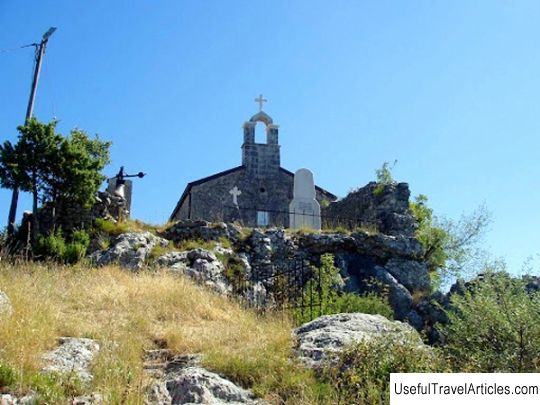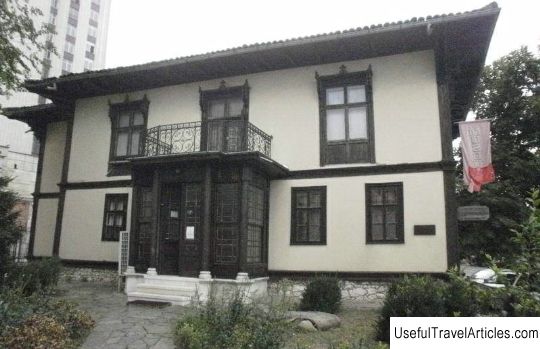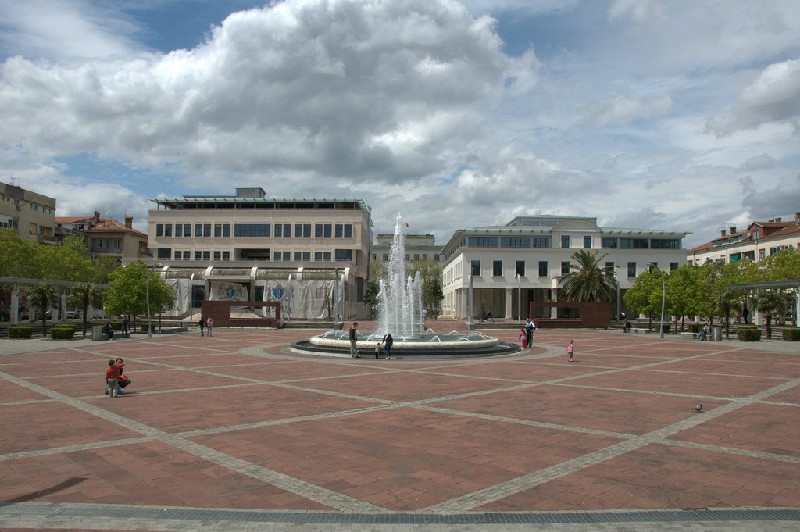Medun description and photos - Montenegro: Podgorica

Medun description and photos - Montenegro: Podgorica. Detailed information about the attraction. Description, photographs and a map showing the nearest significant objects. The title in English is Medun. Photo and descriptionMedun is a fortified city northeast of Podgorica, near the village of Kuchi. Only the ruins of this once large-scale building have survived to this day. Medun is a place that is literally the personification of the history of the Montenegrin nation, telling about the proud independent character and courage of this people. This is a real open-air museum. The fortress was built on the top of a hill, which made it possible to inspect the surroundings several kilometers ahead in order to avoid unexpected attacks from enemies. Today, these views serve as a background for tourist photos. Historians' opinions about the fortress agree that it was built long before the first mention of it by Titus Livy in his historical works - around the 3rd century BC. During this period the city was inhabited by the Illyrians and called it Meteon or Madeon. The fortress then had completely different outlines and appearance. The only thing that remained unchanged was its purpose. Defending against the invasions of other unfriendly tribes (first from the Macedonians and Romans, then from the Ottoman Empire) is the main role of the fortress city. Due to the fact that the city was owned by different tribes in different periods, each owner tried to bring something of his own into the overall look: the fortress was influenced by Roman, Turkish and medieval views on architecture. Nevertheless, the most ancient structures remained intact: stairs, carved in the Illyrian period right in the rock, lead to the acropolis at the top of the fortress. The walls themselves are also made of rough hewn stones. Illyrian buildings also include two moats near the walls, preserved to this day, and a cemetery. The purpose of these ditches has not yet been unequivocally determined by scientists. There is an assumption that the ditches were created not for the defense of the city, but for rituals and ceremonies in which snakes were widely used - this was the cult of the Illyrians. Until the 19th century, the city of Medun was inhabited. The house and grave of the writer and commander Marko Milianov have been preserved here. It was this public figure who wanted to bring the peoples of Albania and Montenegro closer together. The house and grave of the writer and commander Marko Milianov have been preserved here. It was this public figure who wanted to bring the peoples of Albania and Montenegro closer together. The house and grave of the writer and commander Marko Milianov have been preserved here. It was this public figure who wanted to bring the peoples of Albania and Montenegro closer together.     We also recommend reading Vvedenskaya church description and photo - Russia - North-West: Vologda Topic: Medun description and photos - Montenegro: Podgorica. |




